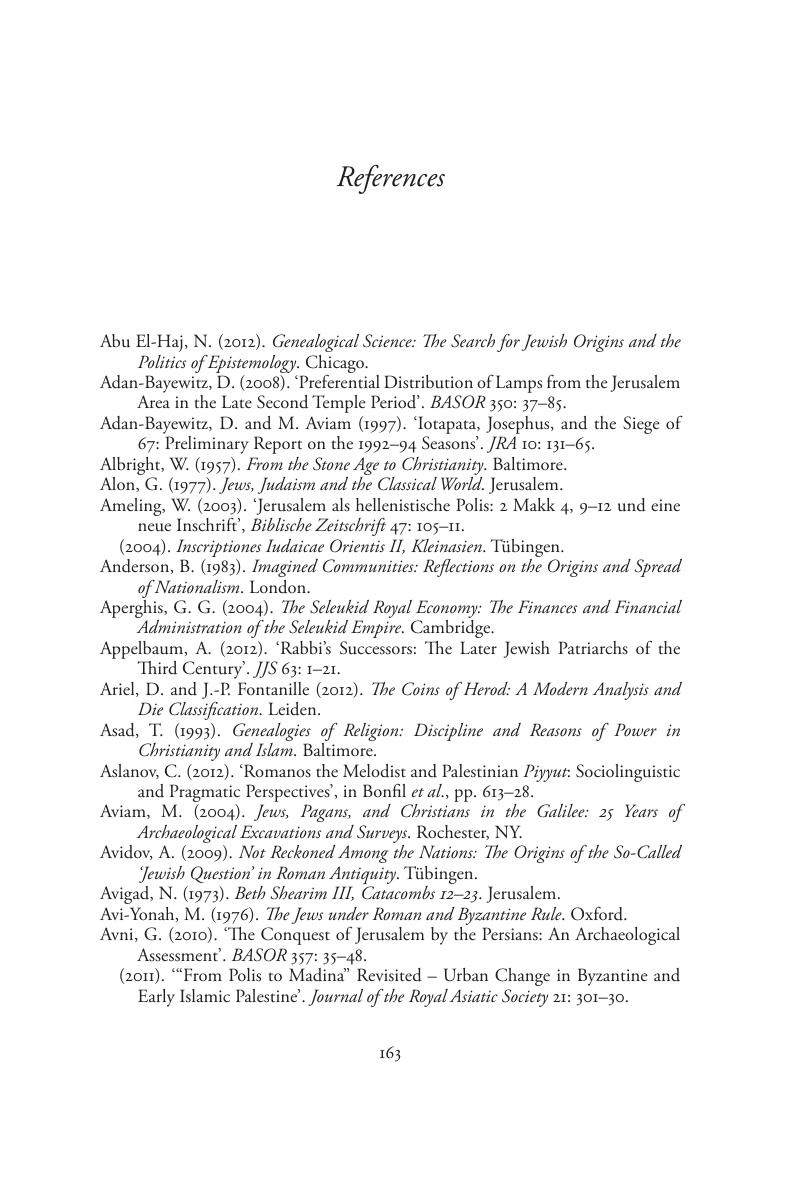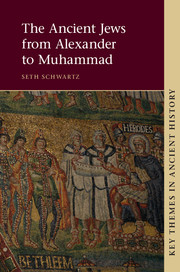Book contents
- Frontmatter
- Contents
- Preface
- List of abbreviations
- Introduction
- 1 Beginnings to 200 bce
- 2 Maccabean Revolt and Hasmonean dynasty
- 3 Herod to Florus
- 4 The Jewish revolts, 66–135 ce
- 5 Jews in the High Roman Empire
- 6 Jews under Christian rule
- 7 Jews in the ancient world
- Bibliographical essay
- References
- Index
- References
References
Published online by Cambridge University Press: 05 June 2014
- Frontmatter
- Contents
- Preface
- List of abbreviations
- Introduction
- 1 Beginnings to 200 bce
- 2 Maccabean Revolt and Hasmonean dynasty
- 3 Herod to Florus
- 4 The Jewish revolts, 66–135 ce
- 5 Jews in the High Roman Empire
- 6 Jews under Christian rule
- 7 Jews in the ancient world
- Bibliographical essay
- References
- Index
- References
Summary

- Type
- Chapter
- Information
- The Ancient Jews from Alexander to Muhammad , pp. 163 - 182Publisher: Cambridge University PressPrint publication year: 2014



